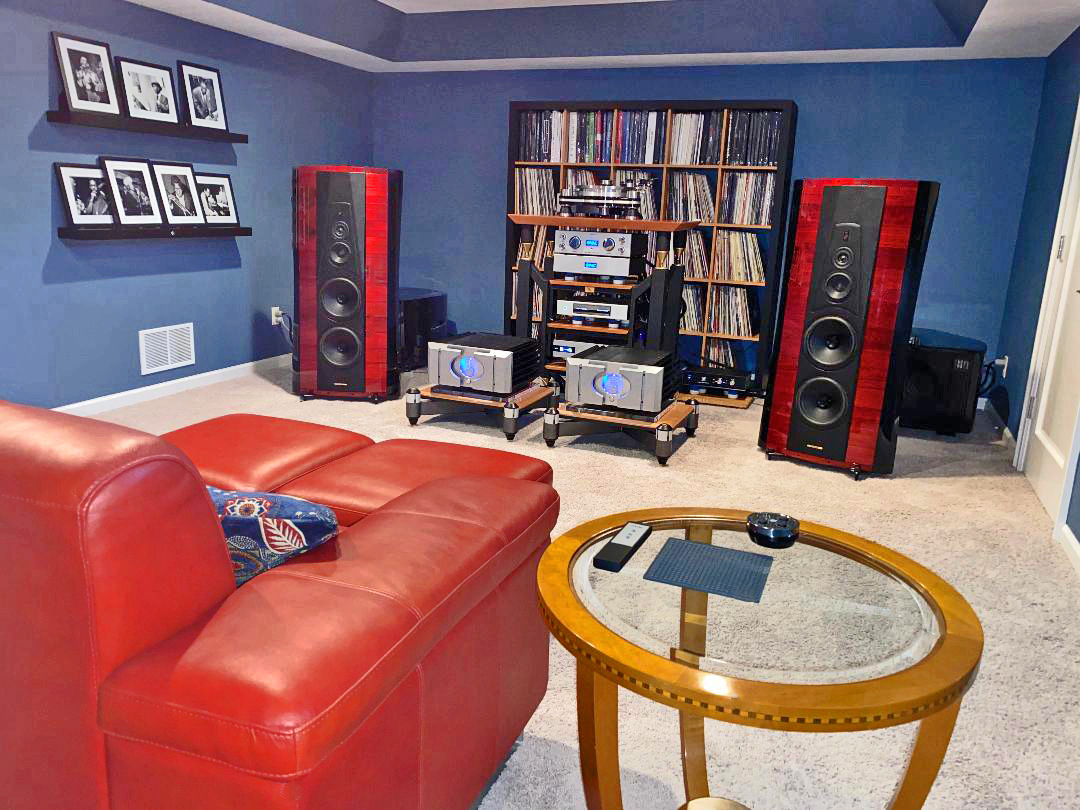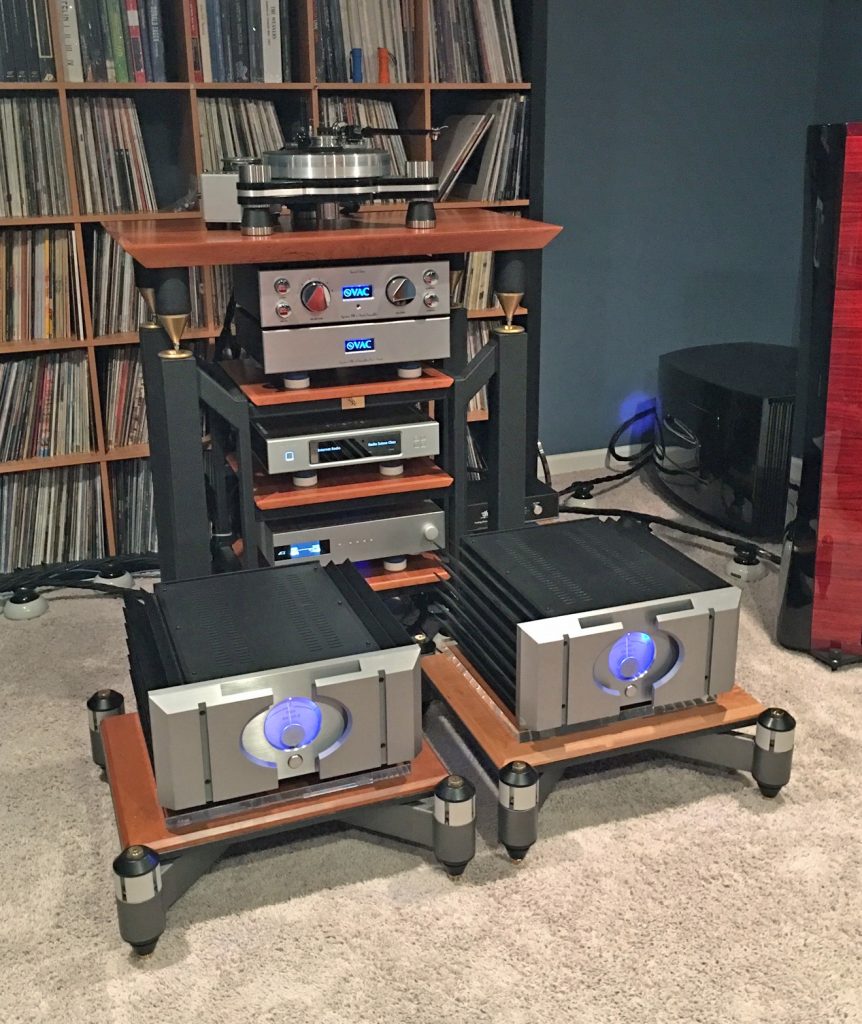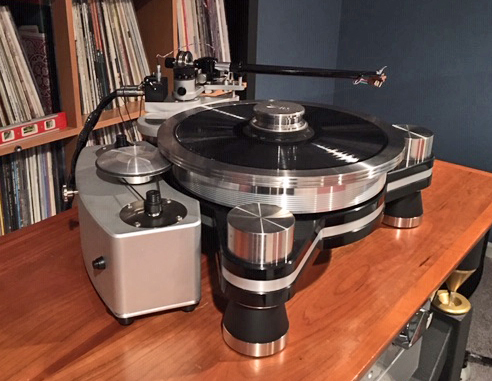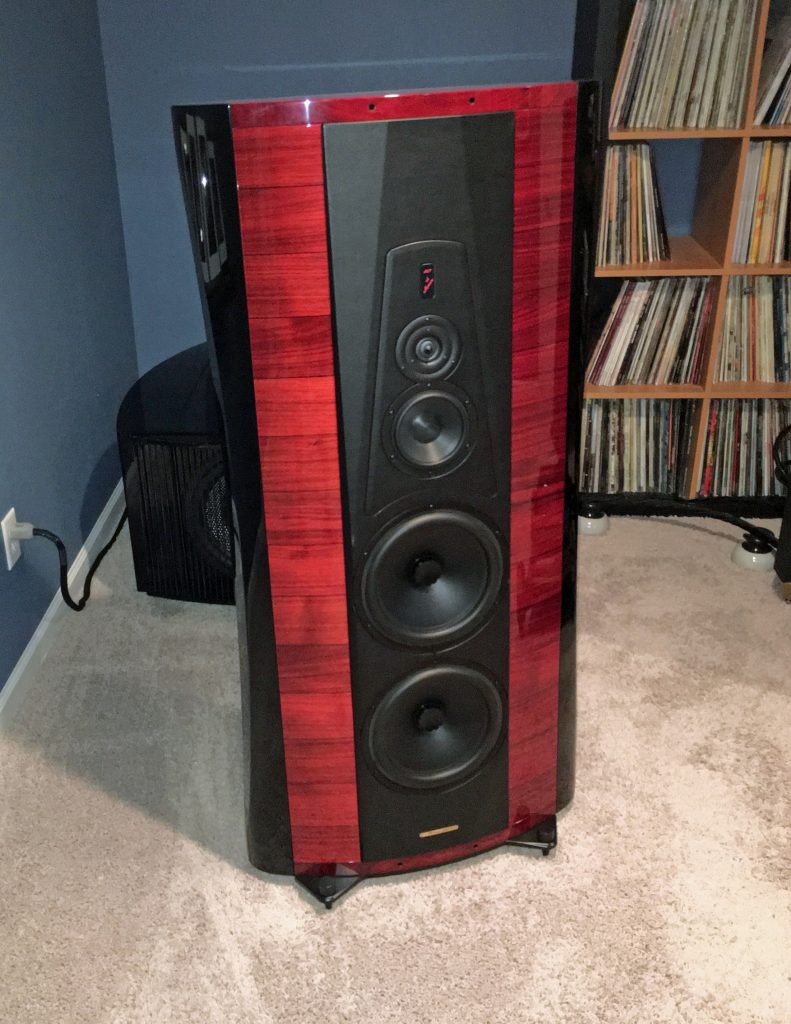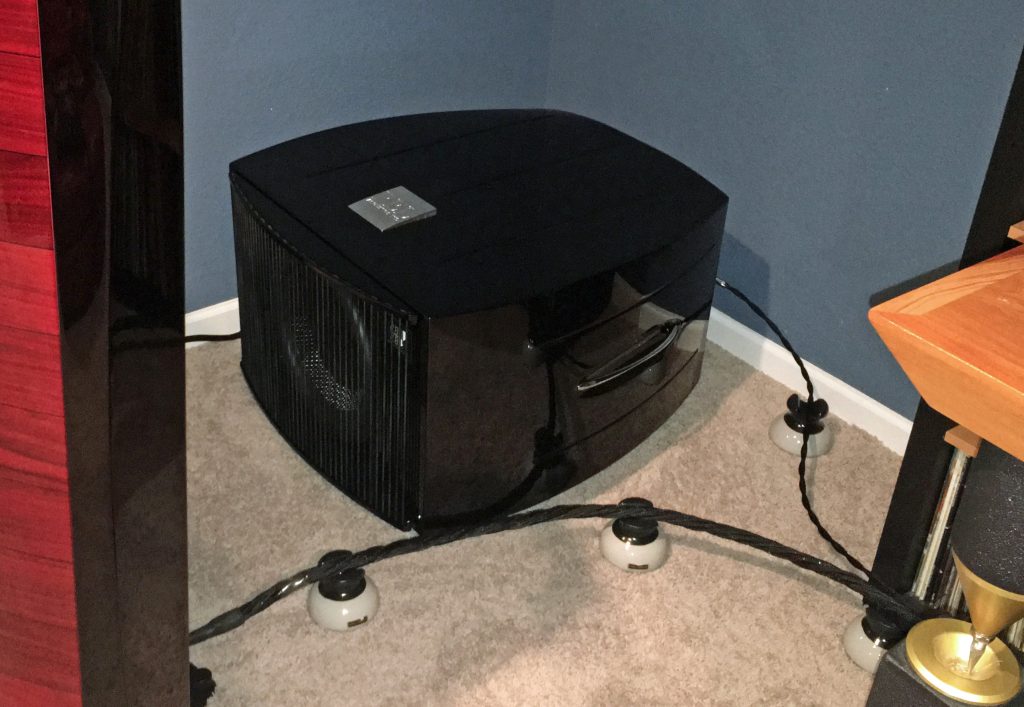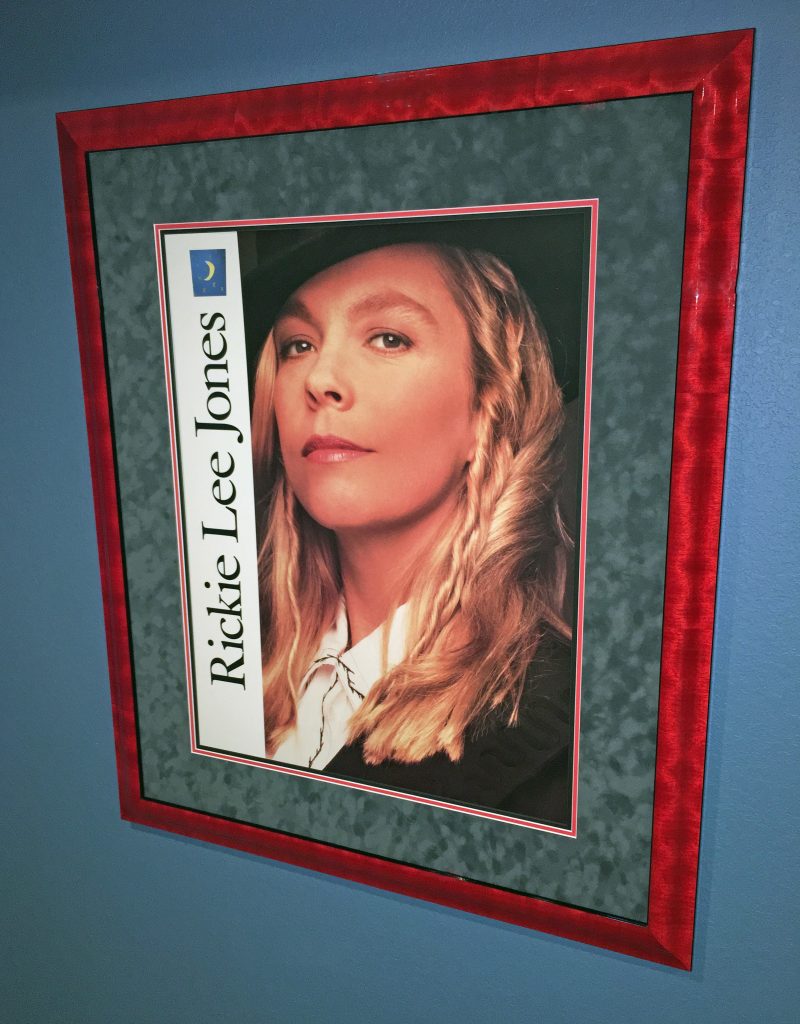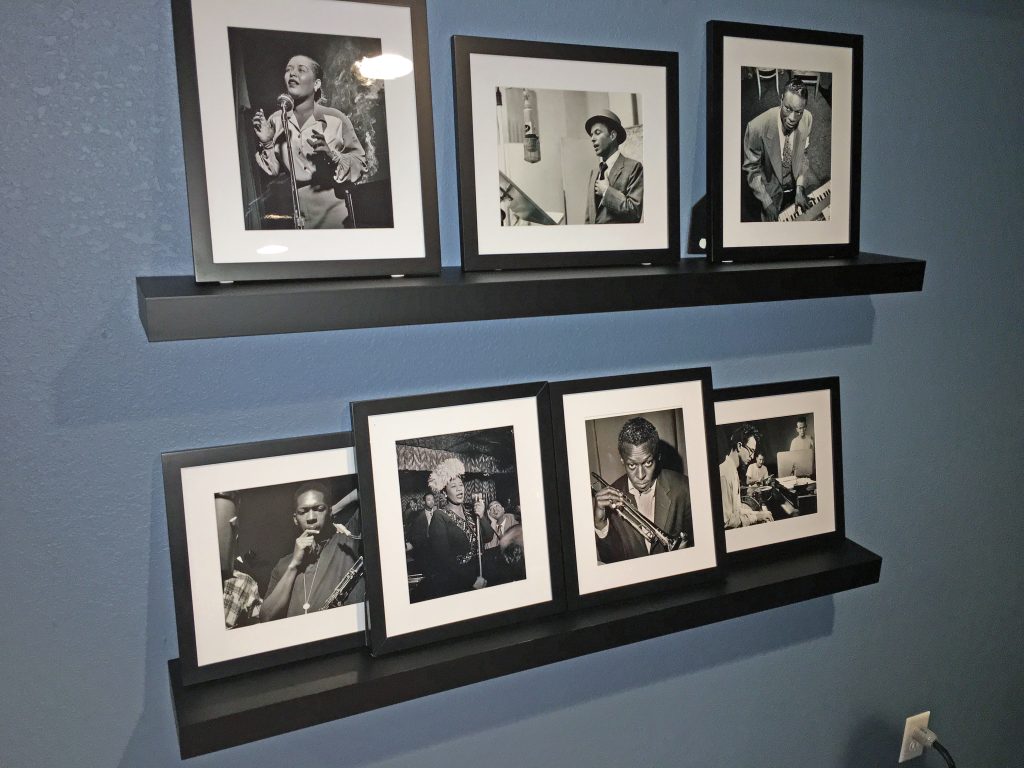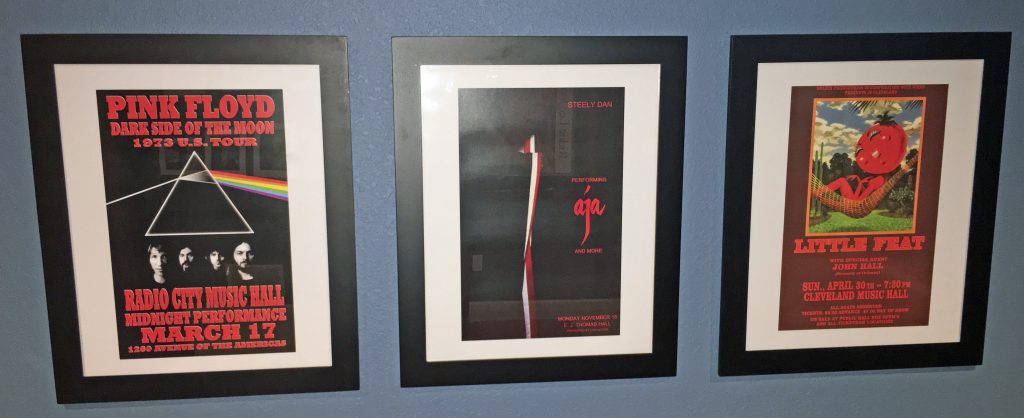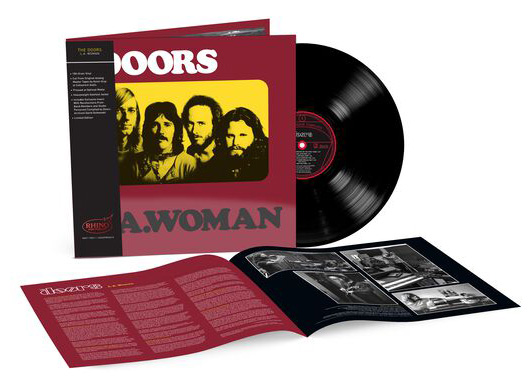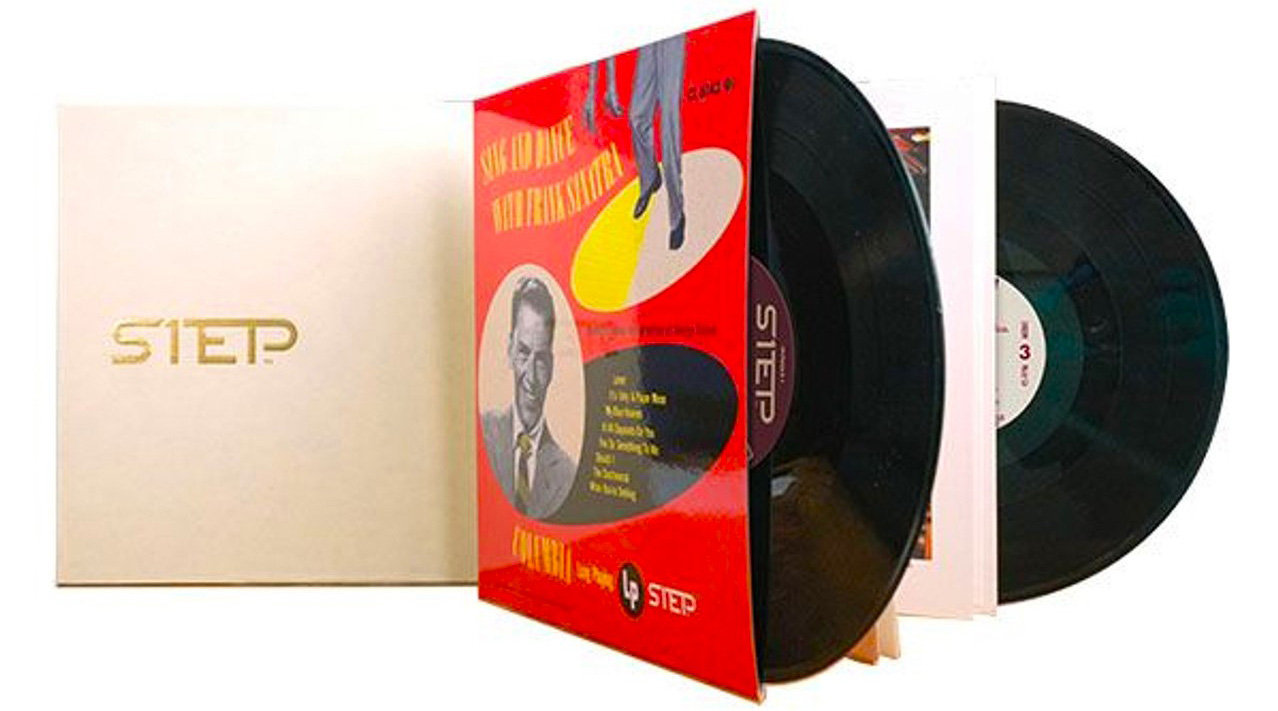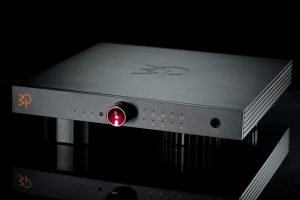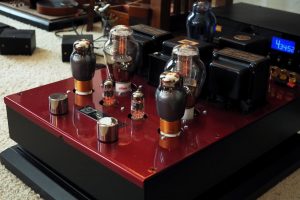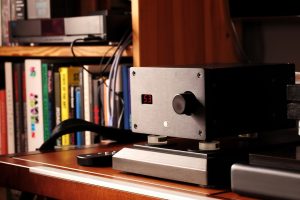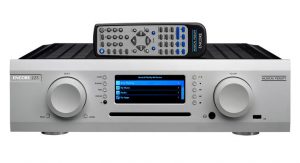The journey continues. In pursuit of the finest in high end audio integrated amplifiers, last month I auditioned the Aavik I-580 from the Audio Group Denmark. You can check out the review HERE. The I-580 certainly deserved its position as the flagship integrated in the Aavik lineup, but it has just recently been upstaged by the new Aavik I-880. Stay tuned, as I will have an opportunity to review the I-880 early on in 2023. Next up is the esteemed Boulder 866 integrated which is the focus of this review. Following that, it seems that I will also have some time with the Vinnie Rossi Brama integrated and the D'Agostino Progression integrated. Hang in there with me folks! Without question, 2023 is going to be a fantastic year for integrated amplifiers!
The Boulder 866 integrated amplifier
This was my first experience with a Boulder product. I had very high expectations and I was not disappointed. From the get go, I knew that the 866 was something special. I have to give Boulder big kudos for the unique and very creative industrial design of the exterior and chassis. This took some courage—not something that the high end audio community is known for.
Every new visitor to my listening room immediately commented on the 866 and almost nothing else. This says a bunch, as I also have the elegant Sonus Faber Stradivarius speakers in the room along with other audio eye candy from REL, VAC and Pass Labs. Every comment on the 866 aesthetics was positive if not a rave. Even the most discriminating could not help but admire. Bravo Boulder!
Caveat Emptor
System synergy and personal taste are critical when evaluating high-end audio products. This review is based on my subjective requirements, my subjective ears, my specific system configuration, and my specific listening room. This combination is only one data point of many that exist out there for these components. Please consider my comments and analysis appropriately.
Review System
I have included a comprehensive list of all my components and a description of my listening room. Please click on my name in red above if needed.

Design
The Boulder 866 integrated amplifier is a Class A/B design rated at 200 watts per channel into 8 ohms and 400 watts per channel into 4 ohms. It can also deliver a rated peak power of 250 watts into 8 ohms and 700 watts into 4 ohms. The 866 weighs in at 54 lbs with the following dimensions: 17" Wide × 15.4" Deep × 7.25" High. There are three pairs of balanced XLR analog inputs. Digital inputs include Ethernet, USB-A (4), Toslink, Wifi and AES3 (adaptable to S/PDIF with an external converter).
One note on the USB-A inputs. They only support USB storage devices and external drives. They cannot support USB output or playback from a computer. The stated opinion by Boulder is that Ethernet or network playback is preferred to USB playback. When considering sound quality, their position is that Ethernet has advantages in terms of both speed and the ease or ability to implement high resolution when compared to USB.
Again, I found the industrial design and aesthetics of the 866 chassis to be quite compelling. The satin finish, the 10 to 15 degree angle of the front panel, the large full color display, and its most striking feature, the staggered heatsink fins, are like nothing else that I have seen in any other component. In my humble opinion, the end result is virtually one beautiful piece of art. I was also intrigued to see that Boulder has implemented this "look" in the new Boulder 812 DAC Preamplifier shown below.

Power for the unit is engaged by on/off switches on the front panel (labeled with a Stand-By symbol) and the rear panel (labeled Power). The intent is to leave the rear switch on and use the front switch for daily on and off functionality. This allows for some low-power components to remain on continuously or in stand-by mode. Obviously, this can provide savings on your monthly electric bill, and can also avoid excessive warmup periods to achieve ultimate sound quality.
The front panel includes a fairly large full color touch display (6.1" x 3.3") that is easily visible from most sitting positions. All settings and functions for the unit are accessible from this display and also via the iOS Boulder App. I found the menus quite easy to maneuver and very logical when selecting preferred options from either the display or the App.
The 866 display can also provide album art from streamed music and custom icons for both analog and digital inputs. This includes your own graphics or pictures for your specific source components (very cool). There are four switches on the panel next to the display for volume up, volume down, mute, and stand-by.
Key differentiators and design choices for the amplifier include the unique implementation of the gain stages, the use of extremely low noise attenuators and a distinctive if not transcendent ground topology. Pots and variable resisters are not used to avoid long term noise and reliability issues. This all supports an extremely consistent and reliable sound quality at any volume level—there is no sweet spot like other designs. Crank it up or listen on the down low. You will be very satisfied at any setting.
The 866 DAC is said to be an extension of the Boulder 2120 DAC design and utilizes a single differential DAC chip per channel. Digital sources are connected to the 866 DAC via a uniquely integrated Raspberry Pi and are upsampled to 352.8kHz. The 866 DAC also utilizes an ASRC (asynchronous sample-rate converter) and its own internal master clock for re-clocking all digital signals.
As a certified Roon End Point, all the advantages of Roon and supported services like Tidal and Qobuz make the 866 a highly desirable solution for those interested in streaming as a key music source. For this review, I utilized my Aurender N-10 Music Server and an AES/EBU interface for all digital playback. This included Qobuz, Tidal, and my library of high resolution music files. It worked flawlessly.
A remote control is not included with the 866, but standard off the shelf USB remotes can be implemented. Most folks will use the Boulder App and/or Roon for settings and key functions like volume control. I almost always reached for my iPad whenever adjusting the volume or selecting an input. And of course, these same settings and functions can be accessed at the front panel.
Sound
The sound of the Boulder 866 integrated matched its aesthetics. Big, bold, dramatic and bursting with life! I found a very slight addition of warmth and roundness when compared to the recently reviewed Aavik I-580. Both were comparable when it came to inner density and resolution. Both had a wonderful sense of ease and palpability—just different strokes for different folks!
Working from the bottom up, the 866 had a muscularity in the lower frequencies with plenty of blunt power and visceral impact. When compared to my tube VAC Signature preamp and Class A Pass Labs XA-100.5 monoblocks, there was a distinct improvement in low end weight and agility. The 866 provided a vice like grip on my Strads—never any bloat or boom. The extra power and drive really pushed my Strads to deliver everything that they had to offer in terms of bass performance.
I was somewhat surprised by the purity and harmonic richness of the mids. Without question, this was the finest midrange from a Class A/B amplifier that I have experienced in my listening room. That includes separates and integrated amplifiers. Male and female vocalists were wonderfully fleshed out and seductive. Reed instruments growled with a woodiness and harmonic purity that had me reaching for all my favorite jazz quartets.
Highs were somewhat relaxed and laid back compared to other bench marks. There was still plenty of air and openness, just more of a delicate shimmer and sweetness. Soundstage and imaging were clearly delineated and three dimensional. Micro and macro dynamics were as good as any integrated amplifier that I have reviewed. Whatever the recording called for, the 866 delivered. This in itself is a huge accomplishment where other components can often fail.
The Boulder 866 DAC vs. the dCS Bartok DAC
Just a few comments about the Boulder 866 DAC. My current system includes the dCS Bartok DAC and it has remained my benchmark for the last two years. To be clear, I am not saying that it is the equal or better, but the 866 DAC somewhat reminded me of the Bartok and a certain subset of its sound qualities. This similarity was much more appropriate prior to the most recent Bartok firmware upgrade (Bartok 2.0). This is quite a compliment, as the current Bartok without the headphone option has an MSRP of $17,950. In contrast, the optional DAC will add $1500 to the purchase price of the Boulder 866.
Again, caveat emptor! This is not a fair apples to apples comparison when considering both hardware and firmware costs for both DACs. As an integrated solution via an integrated amplifier, the 866 DAC is supported by a completely different build philosophy and execution. However, this does give you a sense of pause and a sense of value.
In terms of performance, the 866 had a familiar level of definition and speed as the original Bartok. There was also a fundamentally correct presentation of proper timbre and tone that was readily present in both. The lack of digital edge and grain is also a major strength of both components.
The new Bartok 2.0, however, with its improved mapping algorithms and upsampling functionality, has taken performance to a whole new level. More nuance. More power. More transparency. Let me tell you, original Bartok owners are ecstatic over the upgrade. The Internet is flowing with rave reviews. But still, the Boulder 866 DAC has to be considered a real winner for the money.
Music

The New York Rock and Soul Revue: Live at the Beacon (Qobuz FLAC 16-bit/44.1kHz)
Recorded in 1991, performers included Donald Fagen, Michael McDonald, Boz Scaggs, Phoebe Snow, and many more. When Michael McDonald joins Donald Fagen on stage to sing "Pretzel Logic" (by Steely Dan), the Boulder 866 transports you to the Beacon Theater. This is a large band, but each instrument and vocal is clearly defined from front to back. The rhythm section drives the music forward and you can feel it energize your listening room and rattle the walls. McDonald and Fagen rise above the others in perfect harmony as their vocals never sounded better. A must have recording!

Tracey Chapman, Crossroads (Tidal MQA 44.1kHz HiFi)
Tracy Chapman is a singer songwriter who is well known for her 1988 debut album of the same title and her hit song "Fast Car." In 1989 she released her second album entitled Crossroads, which was not quite as successful, but still included some of her very best work. From that album came the song "All That You Have Is Your Soul." This is a shining example of where the 866 can really help the listener make that emotional connection to the music. Tracy's voice floats magically between the two speakers with a tone and timbre that will have you mesmerized. Her guitar work has the assertive immediacy and life like presence of the real thing. Such a lovely demonstrative voice that will really tug at your heartstrings!

Ben Webster, Gentle Ben (WAV 24-bit/192kHz)
Gentle Ben is one of my most favorite albums in my entire high resolution jazz collection. The 866 DAC grabs this digital file and makes it something special. On the first track, "Ben's Blues," Ben Webster on saxophone and Tete Montoliu on piano provide the perfect balance of urgency and despair for this beautiful blues ballad. Again, we have the suddenness and dynamic contrast that only the very best components can bring to the table. These musicians and these instruments were now in the room! I also have the outstanding 45 RPM vinyl pressing from Analogue Productions. This was one of the few times that digital was able to really satisfy all that this recording can offer.
Final Thoughts
The Boulder 866 is a star performer and a true standard of excellence. With its superb industrial design and musical presentation, the 866 can easily be the center piece of the very best sound systems. The optional integrated DAC provides tremendous value and performance and competes well with DACs many times it price. Bottom line. The 866 indisputably pushes the envelope for what current integrated amplifiers can now provide—even for the most sophisticated Audiophiles. Highly recommended!
866 integrated amplifier
Retail: $14,250, w/DAC $15,750
Boulder Amplifiers
255 South Taylor Avenue
Louisville, CO 80027
303.449.8220





